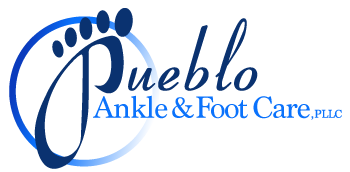Description
The arch basically covers the area between the heel and the ball (or the part of the foot you stand on when you’re on tip-toes) of the foot. Like arches in buildings or bridges, the arch of the foot helps support the weight of the body while standing, walking or running. However, the arch itself needs support to keep functioning properly, and overuse might cause the area to become damaged and painful.
For those of you who think the look of a shoe is way more important than its function (i.e. the support it offers), beware: you may be in for some pain. Those who stand on their feet all day, particularly on hard surfaces or while wearing unsupportive shoes, may begin to experience discomfort in the arch area. Usually, such pain is associated with inflammation of a ligament, the plantar fascia, that runs along the underside of the foot and attaches to the arch, helping to support it. Heel spurs can also cause plantar fasciitis (inflammation of the plantar fascia).
However, plantar fasciitis is not the only thing that can make your arches hurt. You might have a pinched nerve (tarsal tunnel syndrome). Although the nerve is pinched in the ankle area, most people will actually feel the pain in the arch.
Having flat feet, or feet that are unstable and prone to rolling inward at the ankle (foot pronation) may also cause strain in the area, resulting in discomfort or pain. Arthritis in the joints in the middle of your foot might also cause your arches to hurt.
Symptoms
Many people experience arch pain as a burning sensation on the underside of the foot, along the arch, although the pain may manifest itself in other ways. The area might also become swollen or warm to the touch (a sign of inflammation).
Diagnosis
To determine the cause of your arch pain, your podiatrist may ask you about the type of discomfort you are experiencing. He or she may also, among other methods, manipulate the foot, make visual observations (such as checking for inflammation), or may use imaging technology such as an X-ray to figure out why your arches are hurting.
Treatment
To reduce the pain of inflammation, you can try RICE (Rest, Ice, Compression, Elevation). However, if the problems with your arches are caused by consistent overuse, some changes to the way you do things may be in order.
For starters, if you have to stand a lot at work, see if there’s any way you can sit a bit more to relieve strain on your arches. Wearing more supportive shoes, or adding orthotics to your shoe-wearing to correct for foot imbalances, will also likely help long-term management of arch pain. It may also be necessary to make changes to sports or other recreational activities in order to prevent further damage.
Because there are many different causes of arch pain, you’ll likely want to talk to your podiatrist about determining what is causing the problem, particularly if the pain is ongoing. In some severe cases, or if more conservative treatment is ineffective in reducing pain, your podiatrist may determine that surgery is necessary.
